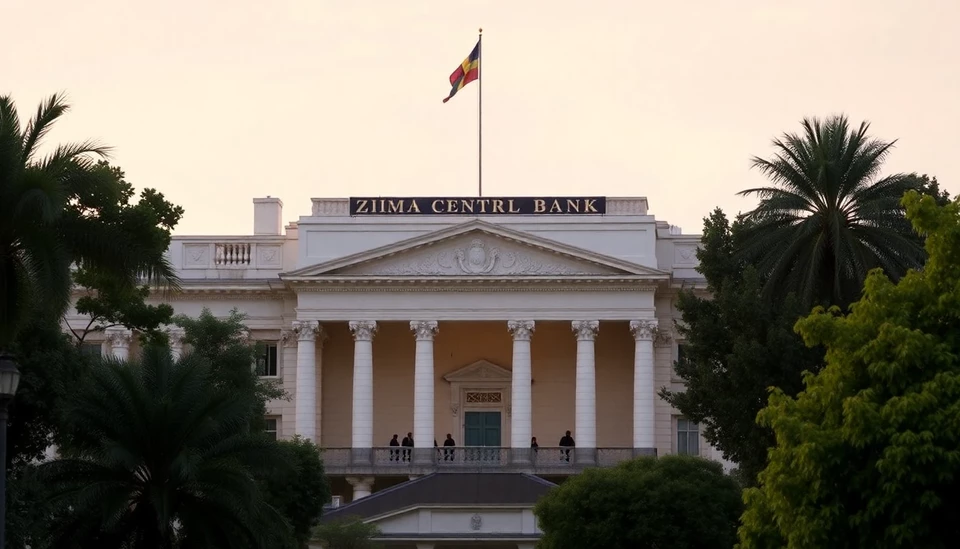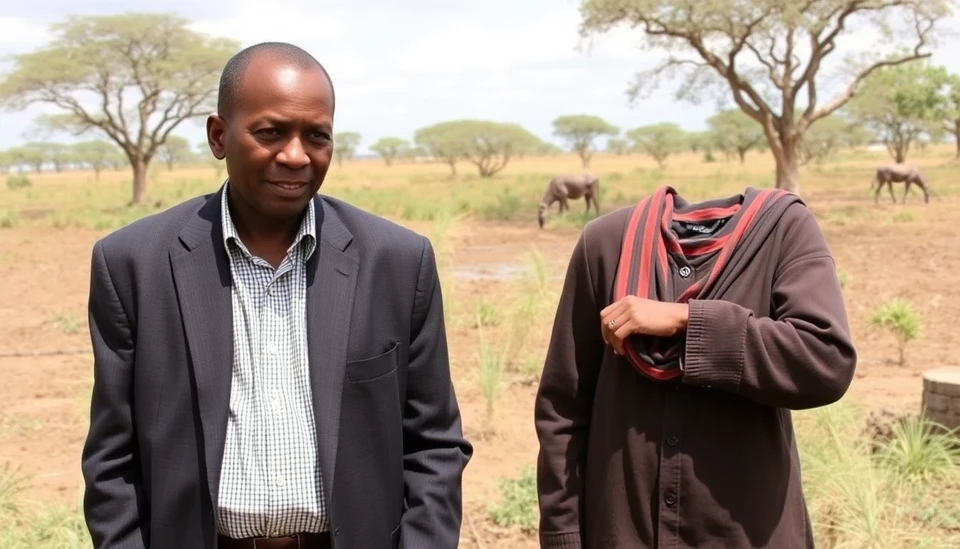
The Reserve Bank of Zimbabwe (RBZ) has recently made headlines by opting to maintain its current interest rate at 100%, despite mounting pressure from economic analysts and stakeholders calling for a reduction. This decision comes as Zimbabwe grapples with severe inflation and a deteriorating economic environment that has left citizens craving relief.
In a press release issued this week, the RBZ emphasized its commitment to stabilizing the currency and curbing rampant inflation, which has consistently undermined purchasing power throughout the country. By keeping interest rates unchanged, the central bank is aiming to regain credibility in an economy characterized by hyperinflation, where the yearly inflation rate reached staggering heights, adversely affecting the livelihoods of numerous Zimbabweans.
The decision to hold the interest rate steady signifies a cautious approach rather than a willingness to bend to the demands of businesses and citizens calling for financial respite. The RBZ’s stance is viewed as an attempt to control the money supply and instill confidence among both investors and consumers in a struggling economy.
Many economists have voiced strong opposition to this decision, arguing that the prevailing high interest rates only exacerbate the situation, making it challenging for small businesses to secure loans needed for expansion and operational stability. They contend that lowering rates could stimulate economic growth by enabling firms to invest more freely.
Nonetheless, the RBZ remains firm, underscoring the risks associated with monetary loosening in a period of heightened volatility and rising costs. The central bank also acknowledged the pressures stemming from external factors, such as global economic trends and climate-related challenges, which have further complicated the country's financial stability.
The economic landscape in Zimbabwe continues to be difficult, with many citizens feeling the pinch of constant price hikes and dwindling savings. The RBZ's decision not only affects borrowing costs; it also reflects a broader economic strategy to navigate through tumultuous financial waters while aiming for recovery and stabilization in the long term.
Looking forward, stakeholders and ordinary Zimbabweans will be carefully monitoring how this choice affects the overall economic climate, especially as elections loom on the horizon and the nation’s economic health becomes a pivotal concern for politicians and voters alike.
In summary, while the RBZ’s decision to retain the interest rate may be aimed at preventing further economic destabilization, it leaves many questioning how long the country can sustain its current economic trajectory without implementing significant changes to stimulate growth.
For those closely watching Zimbabwe's economic developments, next steps from both the central bank and market participants will be crucial in determining whether this approach will yield positive outcomes or further exacerbate existing challenges.
In conclusion, Zimbabwe's economic future hangs in the balance as the RBZ holds firm on interest rates, navigating through a landscape riddled with inflation and economic uncertainty.
#Zimbabwe #InterestRates #Economy #ReserveBank #Finance #Inflation #EconomicRecovery
Author: Laura Mitchell




